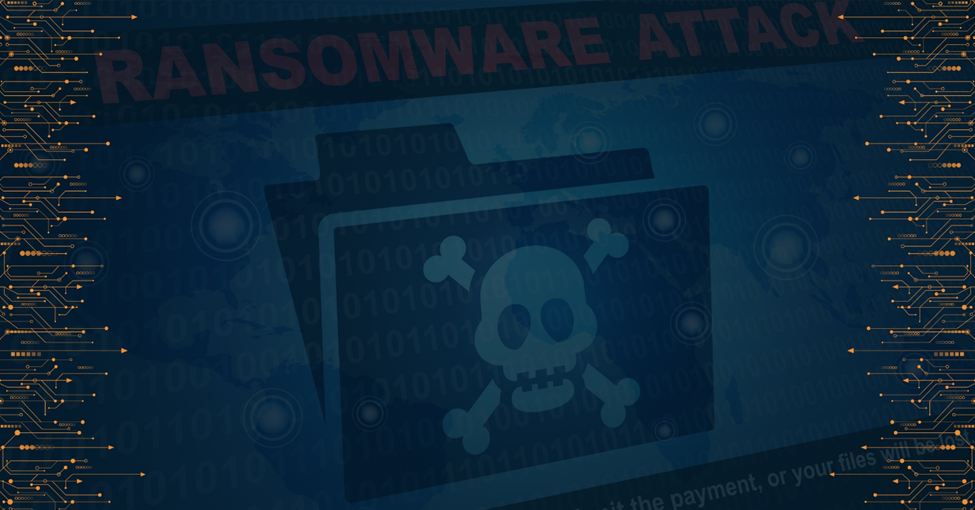
From simple extortion to double extortion tactics, ransomware has become a sophisticated cyber weapon. This blog explores how attackers operate and how organizations can defend.
In the ever-changing landscape of cybersecurity, ransomware continues to be one of the most destructive and persistent threats. Once limited to basic extortion schemes, ransomware has evolved into a sophisticated cyber weapon capable of crippling organizations, governments, and critical infrastructure worldwide. Its growth has been alarming, both in terms of technical complexity and global impact.
At its core, ransomware is malicious software that encrypts a victim’s files or systems and demands a ransom—often in cryptocurrency—for the decryption key. But today’s ransomware attacks go far beyond just encryption. Many modern variants also steal sensitive data before locking it, threatening to leak it publicly unless the ransom is paid, a technique known as double extortion.
Cybercriminals are constantly improving their methods. The latest ransomware strains are more evasive, harder to detect, and often delivered through carefully targeted attacks rather than random email blasts. Phishing emails, compromised remote desktop protocols (RDP), and supply chain vulnerabilities are now common delivery mechanisms.
Some ransomware groups operate like full-fledged businesses, offering Ransomware as a Service (RaaS) to other criminals on dark web marketplaces. These organized operations have customer support, payment portals, and even refund policies—making ransomware attacks more accessible than ever.
No solution is foolproof, but a layered approach significantly reduces the risk and impact of an attack.
Key strategies include:
The consequences of a ransomware attack go far beyond financial loss. Businesses may experience prolonged downtime, loss of customer trust, regulatory penalties, and even permanent closure. High-profile cases like the Colonial Pipeline attack and the WannaCry outbreak highlight how dangerous ransomware can be on a national scale.
Most ransomware payments are demanded in cryptocurrencies like Bitcoin, which provide anonymity, complicating efforts by law enforcement to trace funds and shut down operations.
Ransomware is not just a passing trend—it’s an evolving threat that’s here to stay. As attackers become more resourceful, businesses and governments must stay ahead with proactive defense strategies, employee education, and strong incident response planning.